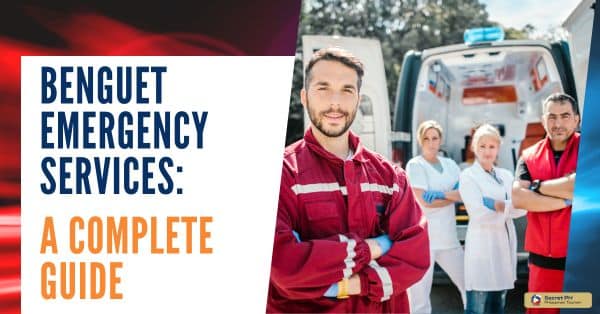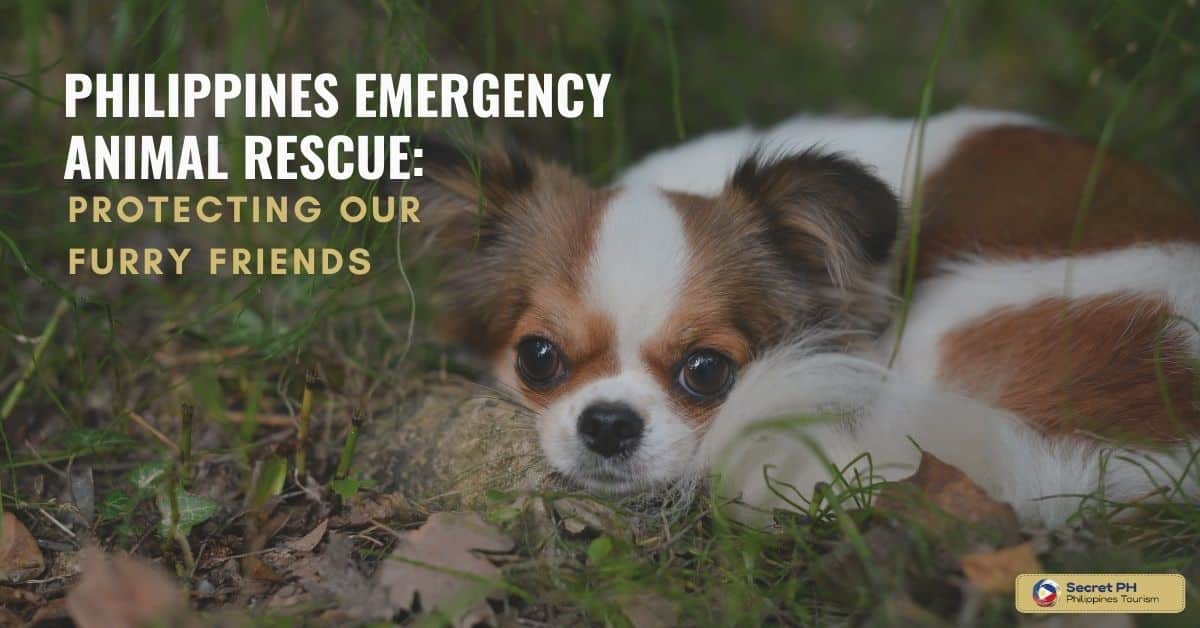When facing an emergency situation, having access to reliable emergency services can be the difference between life and death. In the Philippines, there are a variety of emergency services available for those in need.
Emergency services in the Philippines are vital for public safety. They can be contacted through different means, and various services are available, from medical aid to disaster response. Stay calm and provide basic first aid while waiting for emergency services. It’s essential to prepare for emergencies by having a plan and necessary supplies.
This article will provide an overview of emergency services in the Philippines, as well as tips for dealing with emergencies.
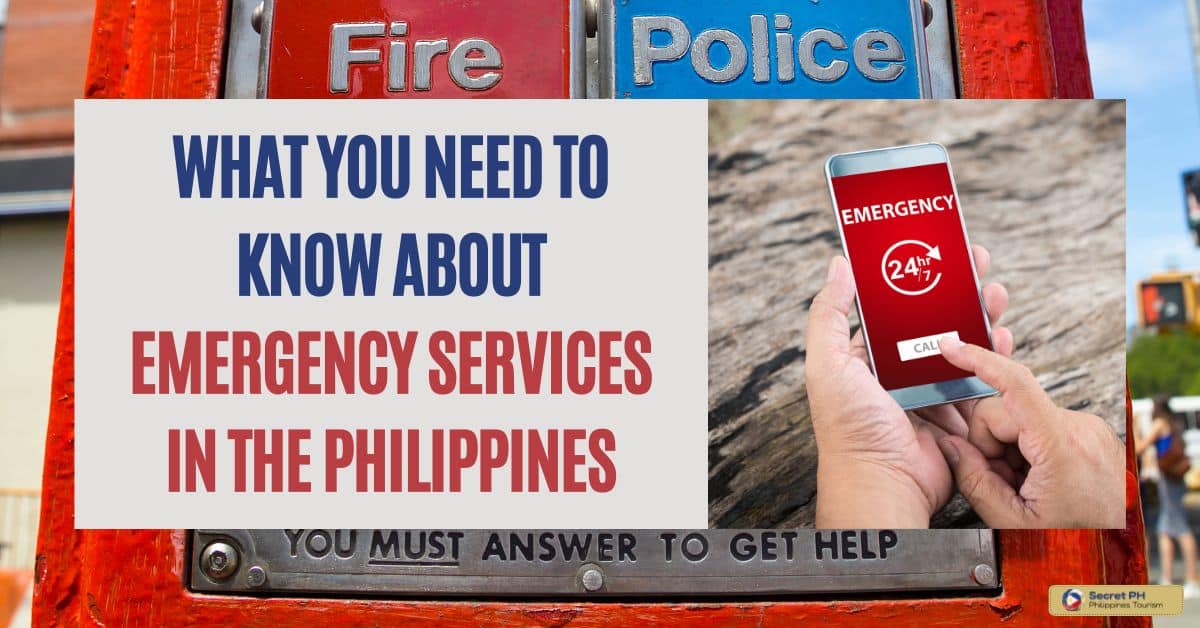
Types of Emergency Services Available in the Philippines
Emergencies can happen at any time, and it is vital to know the different types of services that are available to help during these situations. The Philippines has several emergency services available that cater to various kinds of emergencies. These services are manned by skilled professionals and are well-equipped to respond to any emergency promptly.
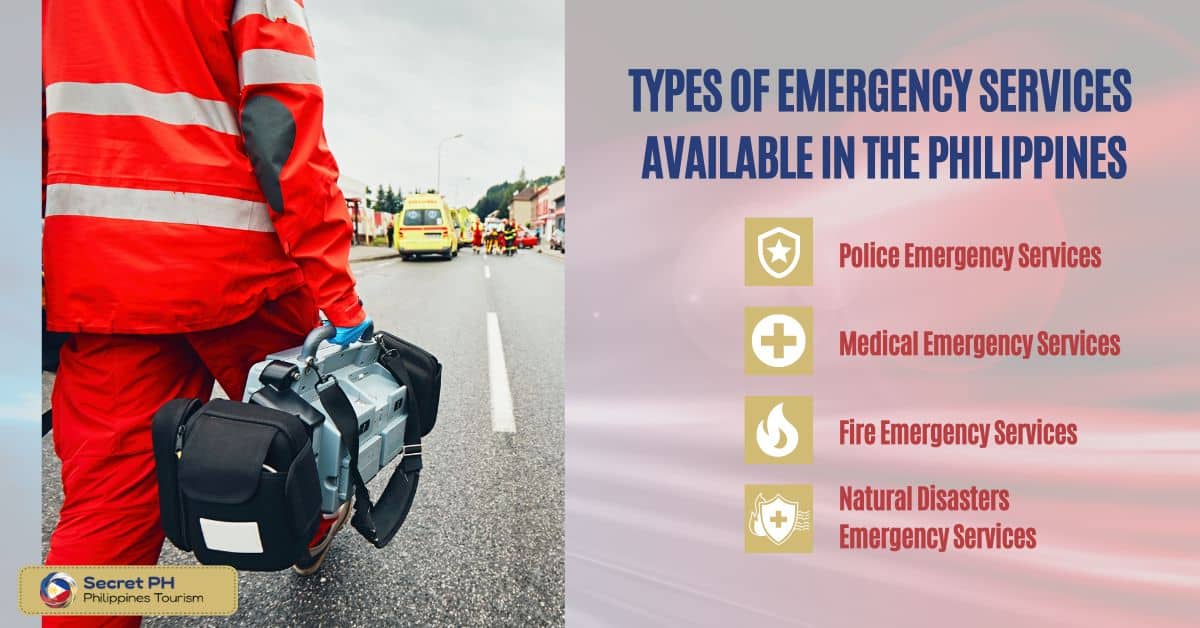
Here are some of the emergency services available in the Philippines:
Police Emergency Services
The Philippine National Police (PNP) is responsible for maintaining peace and order in the country. The PNP provides emergency services in cases that involve crimes, emergencies, and accidents. You can call the police emergency hotline number 117 for immediate help.
Medical Emergency Services
In medical emergencies, time is of the essence. The Philippines has several medical emergency services available. Such as the Philippine Red Cross, which provides basic life support, ambulance services, and blood banking.
Other institutions like the Emergency Rescue Unit Foundation (ERUF) and private hospitals have ambulance services that transport patients to different healthcare institutions.
Fire Emergency Services
Fire emergencies can quickly turn into disasters if not responded to immediately. The Bureau of Fire Protection (BFP) responds to fires reported in the country.
The BFP has more than 900 fire stations located countrywide. Providing rapid emergency response. In case of any fire emergency, dial the hotline number 160.
Natural Disasters Emergency Services
The Philippines is prone to natural disasters such as typhoons, earthquakes, and volcanic eruptions. The National Disaster Risk Reduction and Management Council (NDRRMC) has been established to provide emergency services in the event of natural disasters. The NDRRMC is equipped to handle several types of disasters, disaster risk reduction, preparedness, response, and rehabilitation efforts.
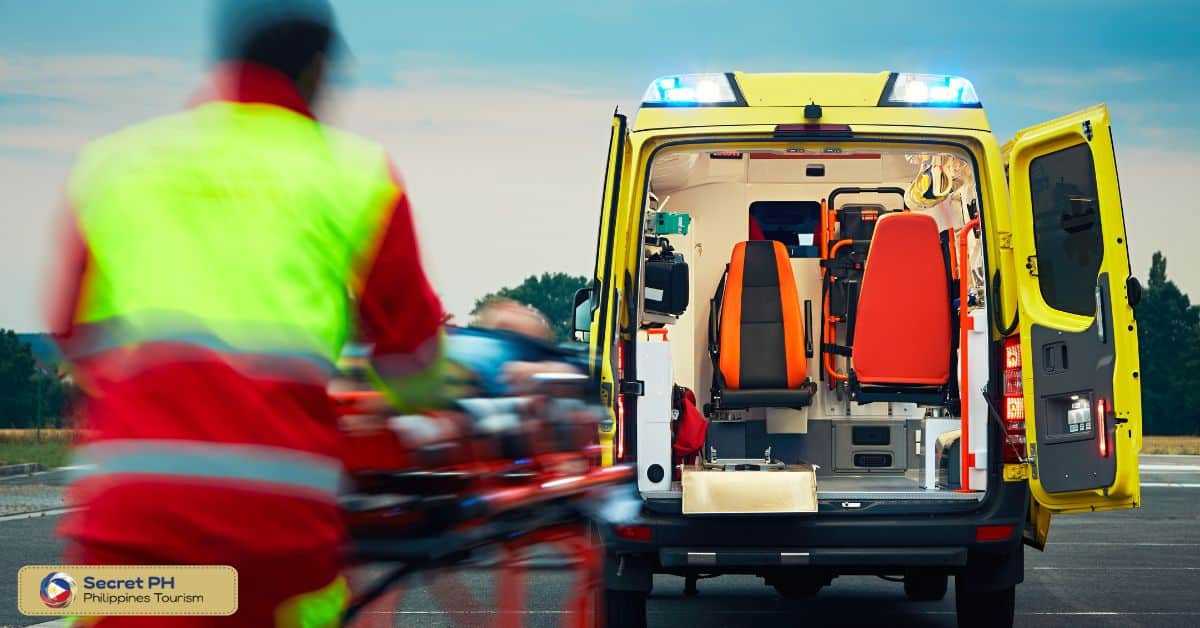
How to Call for Emergency Services in the Philippines
Knowing how to call for emergency services is crucial in the Philippines, where natural disasters and accidents are not uncommon. Being prepared and informed can help you respond efficiently to emergency situations, which can make all the difference in saving lives.
Dialing Emergency Hotlines
To call emergency services in the Philippines, the most common way is by dialing 911 or 8888, the nationwide emergency hotline number.
Additionally, local emergency hotline numbers are available in most areas. It’s important to have these numbers saved on your phone or written down in a visible location.
here’s a list of emergency hotlines in the Philippines:
National Emergency Hotline: 911
Philippine National Police (PNP): 117 or (02) 8723-0401
Bureau of Fire Protection (BFP): 160 or (02) 8426-0219
Philippine Red Cross: (02) 8790-2300 or (02) 8426-5151
National Poison Management and Control Center: (02) 8551-7800 local 2103
Department of Health (DOH): (02) 8651-7800 or (02) 165-364
Metro Manila Development Authority (MMDA): 136 or (02) 8886-5247
Philippine Coast Guard: (02) 8527-8481 to 89
National Disaster Risk Reduction and Management Council (NDRRMC): (02) 8911-1406 to 07
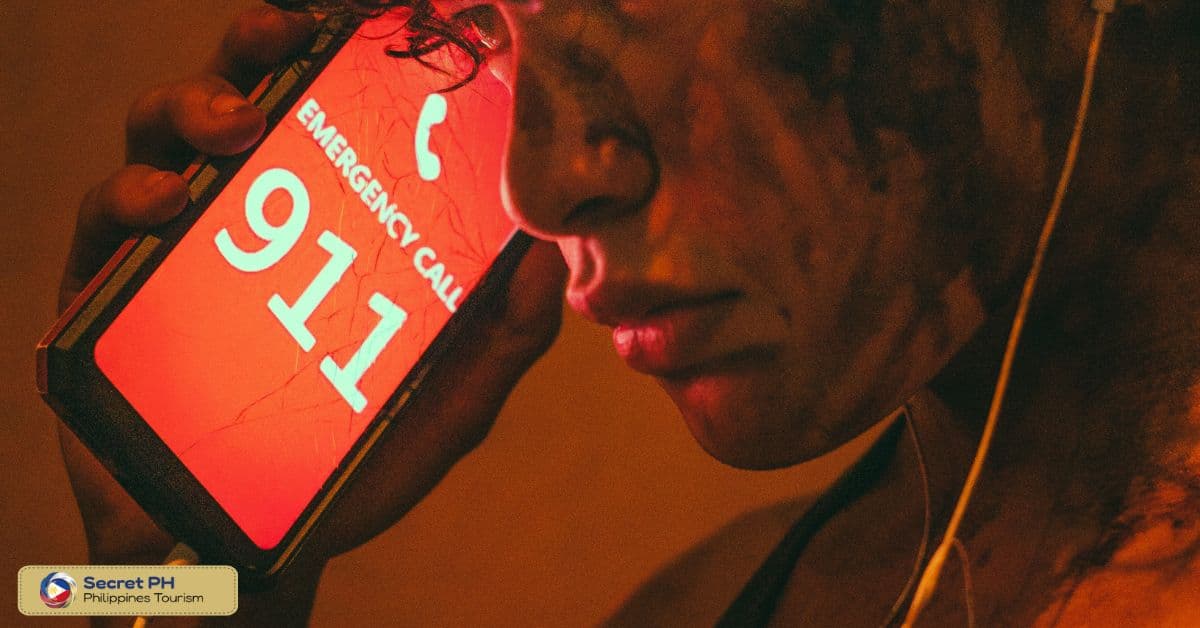
Using Mobile Applications for Emergency Services
Mobile applications such as iSerbis and Emergency PH provide quick access to emergency services. These apps allow users to contact emergency services through a few taps on their smartphones. Downloading these apps and familiarizing yourself with their functions can be extremely helpful during emergency situations.
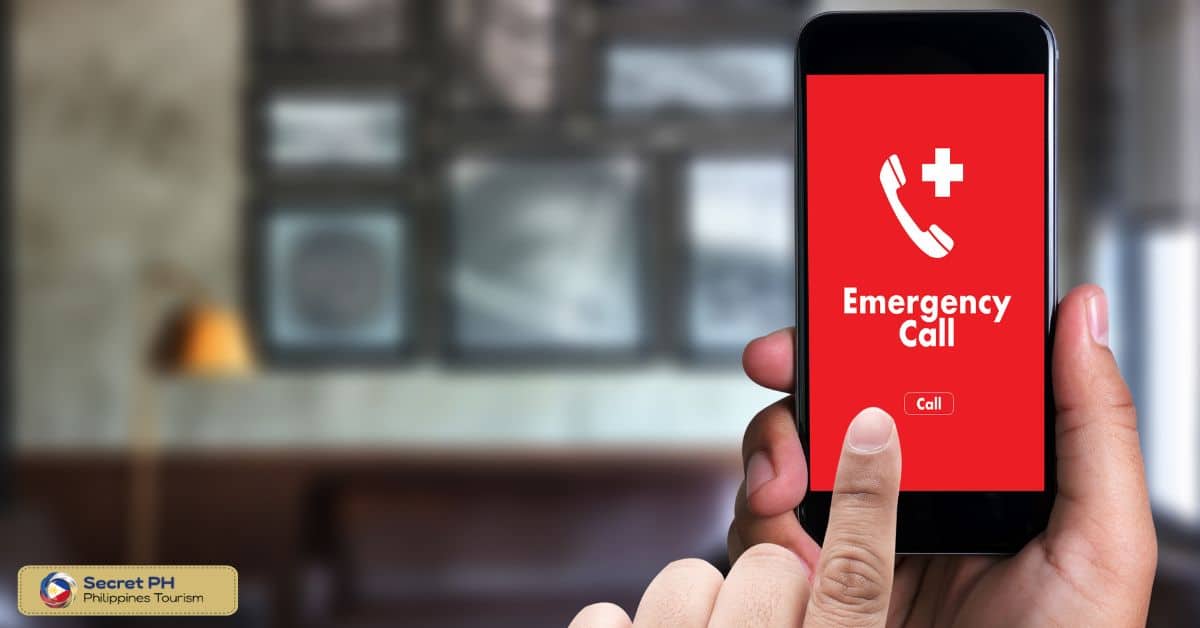
What to Do When Calling for Emergency Services
When calling for emergency services, it’s important to remain calm and provide accurate information to the dispatcher. This includes your location, the type of emergency, and any pertinent details that can help responders locate and assess the situation. Follow the dispatcher’s instructions, as they are trained to provide you with the appropriate guidance.
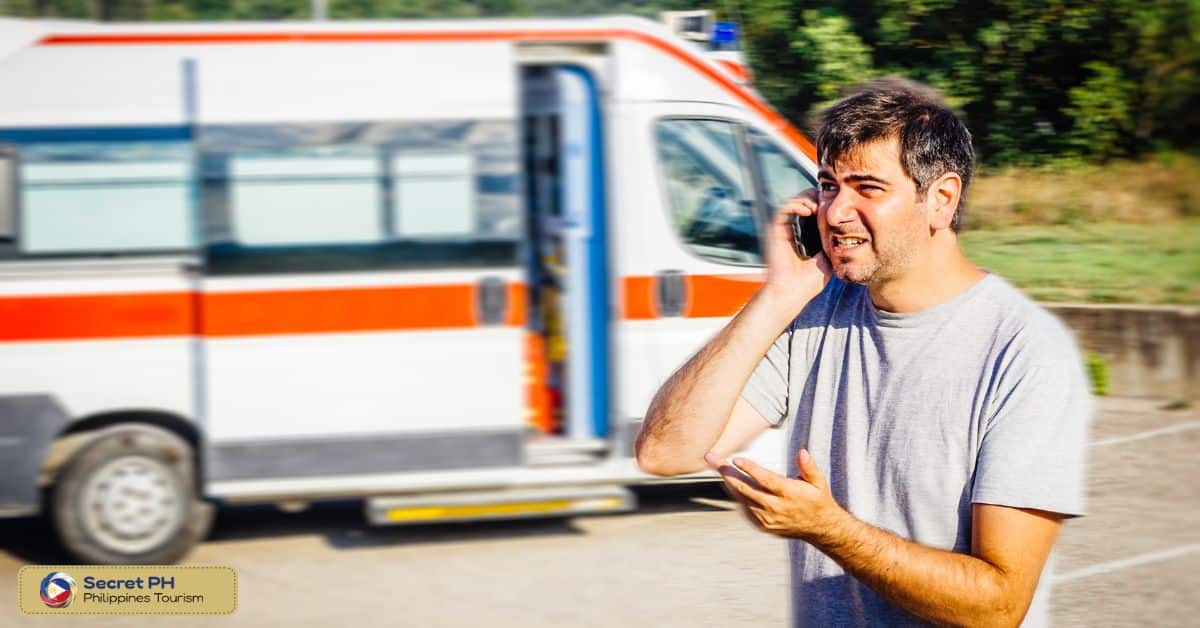
Emergency Response Time in the Philippines
The response time for emergency services in the Philippines depends on a number of factors, ranging from location to the type of emergency. Generally, medical emergencies such as heart attacks or seizures are responded to more quickly than other types of emergencies.
In metropolitan areas, the average response time for medical emergencies is between 5 and 10 minutes. The Philippine National Police (PNP) responds to emergency calls regarding crimes, accidents, and other emergencies in an average of 20 minutes.
Natural disasters are typically responded to within 2 hours as long as the situation does not pose an immediate danger or require immediate evacuation. The Philippine Coast Guard has a response time of 20 minutes for maritime incidents and up to 40 minutes for inland water emergencies.
The Bureau of Fire Protection (BFP) responds to fire incidents within 10 minutes from the time of notification in metropolitan areas, while response times for rural areas can range from 15 minutes up to several hours.
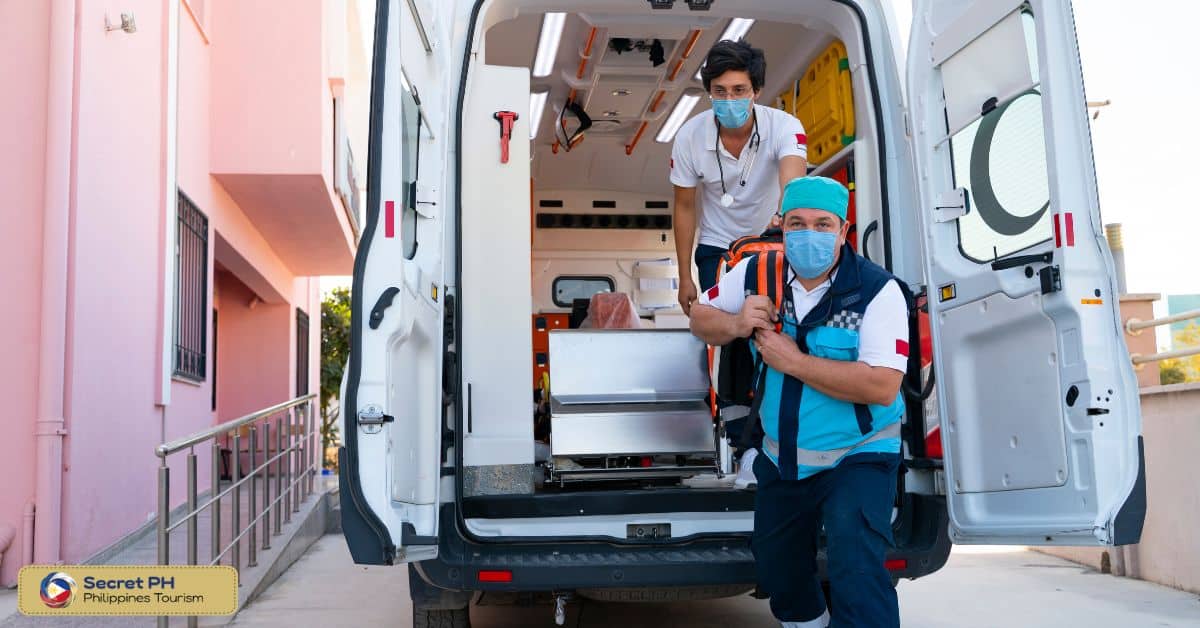
Challenges and Limitations of Emergency Services in the Philippines
Emergency services play an essential role in ensuring the safety and protection of citizens during emergencies such as natural disasters, accidents, and medical emergencies. In the Philippines, the provision of emergency services is primarily the responsibility of the government, but there are some challenges and limitations that the country faces in this regard.
Here is a table outlining some of the key challenges and limitations of emergency services in the Philippines:
| Challenge/Limitation | Description |
|---|---|
| Insufficient Resources | The Philippines has limited funds and resources to allocate to emergency services. This results in inadequate equipment, facilities, and trained personnel. |
| Inadequate Training | Despite the efforts to train emergency responders, there is still a lack of sufficient training programs and courses that prepare them for various types of emergencies. |
| Inefficient Response Time | In some areas of the Philippines, emergency services take too long to respond to calls for help. This is due to a variety of factors, including traffic congestion, geographical barriers, and limited transportation options. |
| Communications Barrier | Communication is critical during emergencies, but some areas in the Philippines have limited connectivity, making it challenging to use modern tools and technologies for communication. |
| Inadequate Coordination | In some cases, emergency response teams lack proper coordination and collaboration with other agencies, resulting in a disjointed response to emergencies. |
| Lack of Public Awareness | Finally, there is a need to raise public awareness about the importance of emergency preparedness and to encourage people to participate in training programs and disaster drills. |
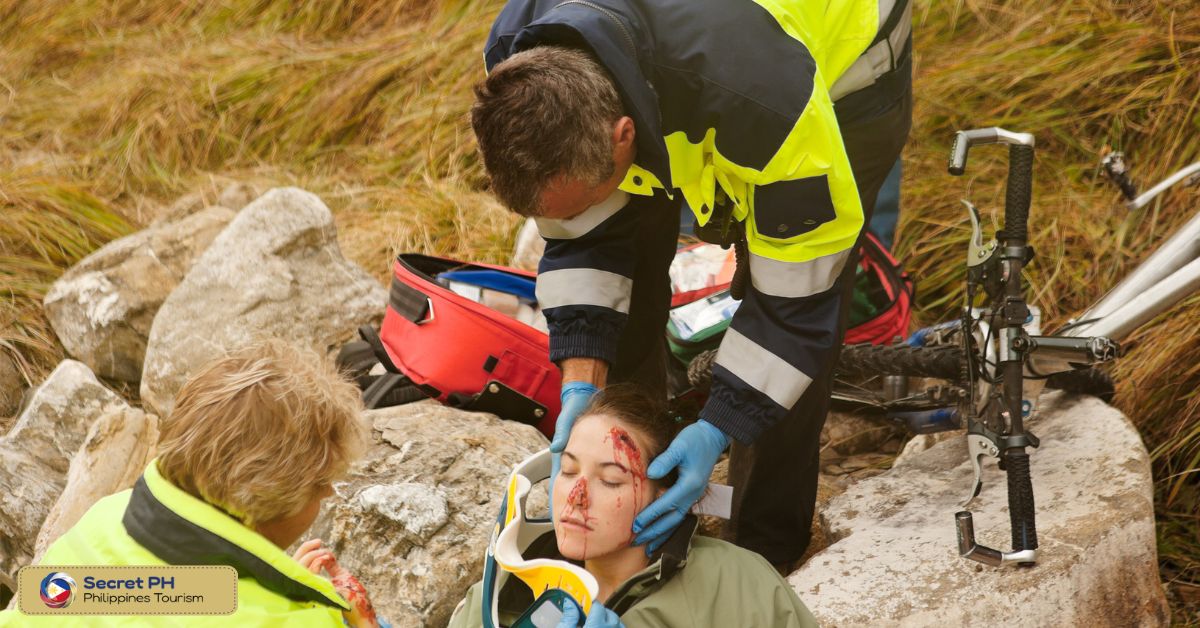
Tips for Dealing with Emergencies in the Philippines
Emergency services in the Philippines are vital for public safety. However, due to its limited resources and personnel, they face certain challenges and limitations. Despite these issues, it is important to be prepared and knowledgeable when dealing with emergencies in order to reduce risks and ensure a better outcome.
1. Plan Ahead– It’s essential to be prepared for emergency situations by having a plan and necessary supplies. Make sure that everyone in your household is aware of the emergency plan and knows how to contact the proper authorities in case of an emergency. Have a list of important contacts, such as doctors, police stations, fire departments, ambulance services, etc., easily accessible.
2. Learn First Aid– Learning basic first aid can prove helpful in many emergency situations. Knowing how to perform CPR or stop bleeding can be lifesaving, as it can buy time until help arrives. Remember to stay calm and provide basic first aid while waiting for emergency services if possible.
3. Gather Supplies– It is recommended to have a specific emergency preparedness kit with essential items such as first aid supplies, food and water rations, flashlights, and a portable radio. This will help ensure that you have the necessary supplies to survive any emergency situation that may arise.
4. Stay Informed– Receiving updates on the current events related to emergency services in your area is critical in order to stay informed and be prepared. There are several ways to stay updated, such as through television, radio broadcasts, online news sites, and social media platforms.
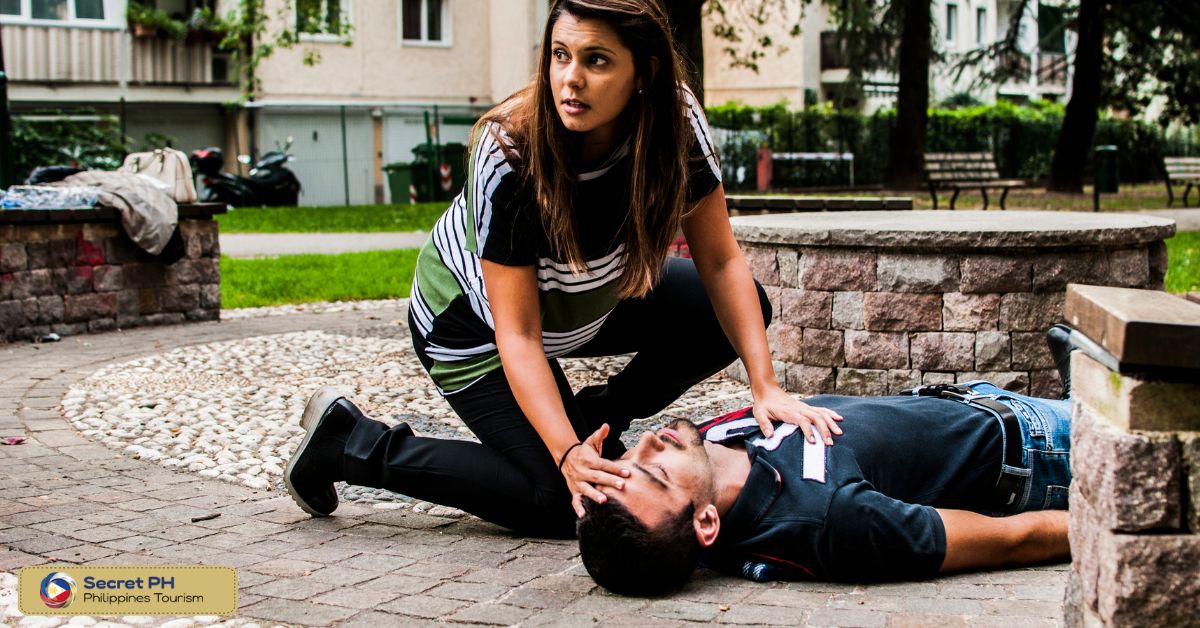
In conclusion
Emergency services in the Philippines are vital for public safety and it is important to be prepared and informed when dealing with emergencies. Knowing about the different types of emergency services available, how to call for help, and tips for handling emergencies can go a long way in saving lives.
Stay calm and provide basic first aid while waiting for emergency services and make sure to have a plan and necessary supplies in case of an emergency. In the midst of any emergency, it is important to remember that help is just a phone call away.


